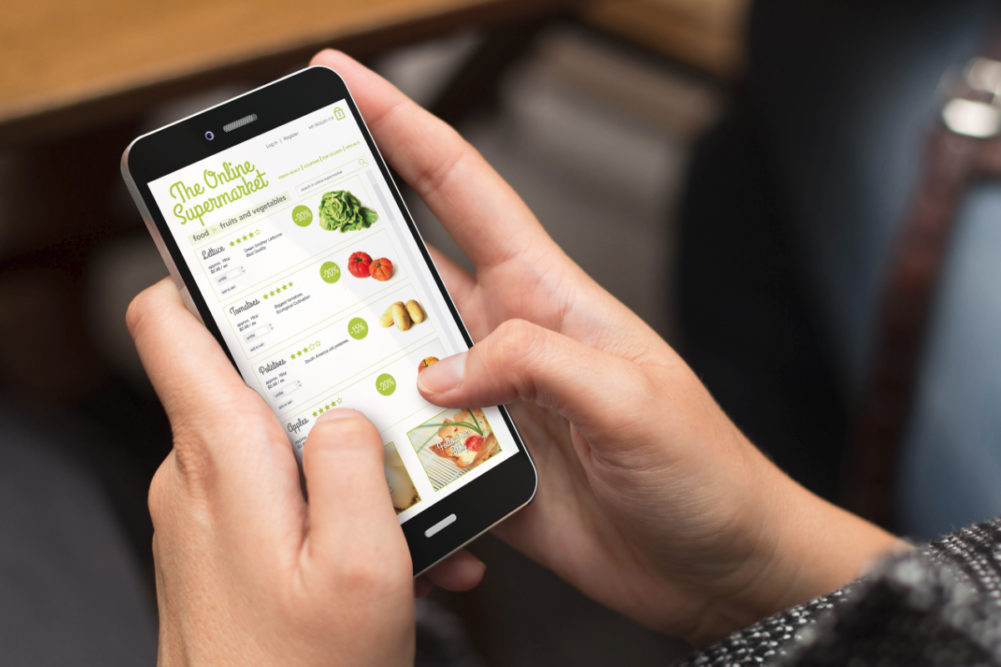ARLINGTON, VA. — While the coronavirus (COVID-19) pandemic accelerated the food industry’s online sales by years, the challenge going forward will be sustaining the rapid growth achieved in 2020, said Elizabeth Buchanan, head of consumer intelligence for North America at NielsenIQ, during a presentation at the virtual FMI Midwinter Executive Conference.
Around 20 million consumers began buying grocery products online in 2020, more than double the amount that started shopping online in 2019. Online food and beverage sales grew 125% to $106 billion during the year, accounting for 12% of dollars spent in those categories and 44% of total online sales.
“An abrupt change in people’s daily patterns meant that e-commerce for grocery went from sort of niche to necessary,” Ms. Buchanan said. “This firmly planted CPG food and beverage now as the No. 1 online CPG department as of 2020, overtaking health and beauty, which is a huge finding.”
Opportunities still exist to bring more shoppers online in 2021 and beyond, Ms. Buchanan said.
“From a penetration perspective, food still underperforms versus non-food,” she said. “There is a massive opportunity to increase food penetration online, to the tune of $58 billion annually.”
Understanding two distinct consumer groups that emerged during the pandemic will be key to sustaining online sales growth. Roughly 30% of American households reported income decline in 2020 as a result of the pandemic.
“These constrained consumers are experiencing a pretty dramatic shift in economic circumstances because of the pandemic and are behaving in specific ways as a result of that,” Ms. Buchanan said. “The second group, insulated consumers, have been less impacted from an economic perspective.”
Constrained consumers are minimizing stockpiling and prioritizing necessities, forcing limitations on basket choices. Their online engagement is largely fueled by the need to shop around to discover the best deals and prices. Insulated consumers, in contrast, have become more accustomed to purchasing larger and broader stocks of essential products. With fewer out-of-home outlets, these shoppers are exploring online platforms and experimenting with new products.
“It is likely that we are going to be living in this divergent reality of constraint versus insulated consumers for some time,” Ms. Buchanan said. “There also are more macro implications of the societal impact of these two divergent realities. Think about some of the behavioral changes that people have undertaken out of necessity in 2020. They've delayed weddings, they've delayed starting a family, they've delayed retirement, they’ve deferred or are reconsidering higher education. These are all going to have big implications on the industry and the products that will win going forward.”
As the pandemic improves consumers will return to grocery stores. They also will continue shopping online.
“It really comes down to omni execution,” Ms. Buchanan said. “Consumers are shopping and buying now in a mixed reality where increasingly their expectations will be the same online and offline regardless of the environment… The work now is to understand the trips and baskets that are most profitable in an omni context, understand shopper's alternatives and activate the right kinds of trips and baskets.”






